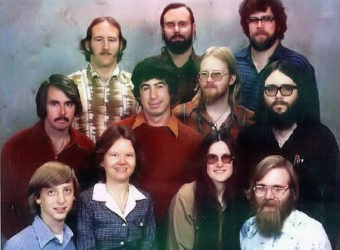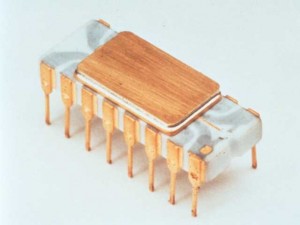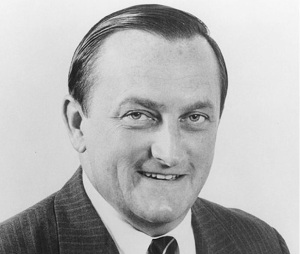December 19, 1974: Do it Yourself Altair Kit
Subscribe! Spotify | RSS | More
1974 – Micro Instrumentation and Telemetry Systems (MITS) puts out the first ever “Do it yourself” Altair 8800. You would get it through Popular Mechanics Magazine, then assemble it yourself. This is a turning point in home computer setup. The price for an Altair 8800 kit – $397 – and it included Microsoft Altair BASIC.
Subscribe to Day In Tech History:
RSS Feed - iTunes - Android - Spotify - iHeartRadio
Facebook -
- RSS Bandwidth by Cachefly Get a 14 Day Trial
- Join me on Patreon and support Day in Tech History
- <a class="zem_slink" title="DirectX” href=”http://en.wikipedia.org/wiki/DirectX” rel=”wikipedia”>DirectX 9 is released
- <a class="zem_slink" title="Recording Industry Association of America" href="http://www.RIAA.com/” rel=”homepage”>RIAA switches from suing users to ISP
- Samuel Clemens patents suspenders






















